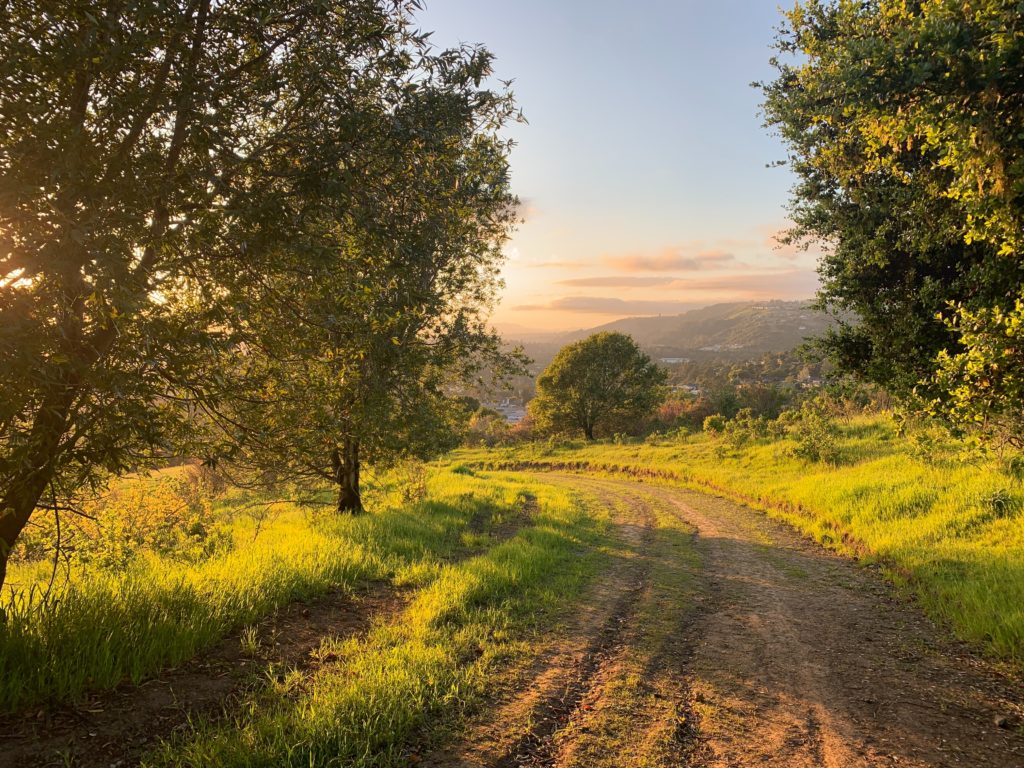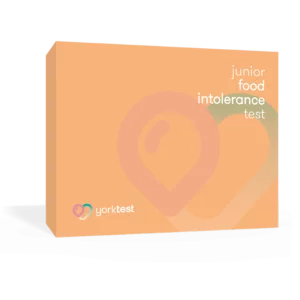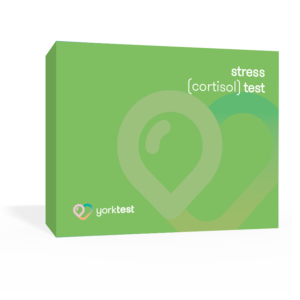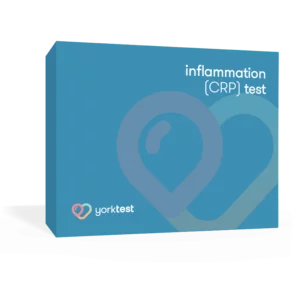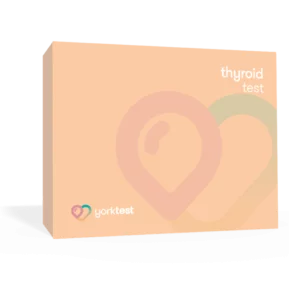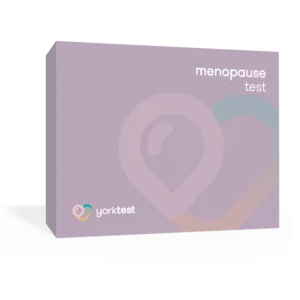Summer is slowly approaching and with warmer temperatures, many of us like to enjoy picnics in the park and a warm evening walk.
However, according to the Natasha Allergy Research Foundation, one in four people have hay fever in the UK and the percentage of people diagnosed with hay fever has trebled in the last 30 years. As high pollen levels increase across the country, those with allergies can face symptoms such as sneezing fits, watery eyes and itchy throats.
To help people manage their hay fever symptoms as best as possible, YorkTest has conducted research into the best and worst parks in the UK for hay fever sufferers. We have analysed the tree pollen count in the areas surrounding the 100 largest public parks in the country, to help Brits identify which parks to visit and those that could trigger a hay fever outbreak.
The ten best parks for low pollen counts
Residents based in Wales are in luck as the two best parks with the lowest pollen count, Parc Gweledig Padarn and Clyne Valley Country Park have made the top three.
Scotland also appeared in the rankings three times with parks like Eglinton Country Park, John Muir Country Park and Dams to Darnley Country Park – with a really low pollen count those with severe allergies may be able to enjoy an outside walk.
| Rank | Park | Area |
| 1 | Padarn Country Park | Wales |
| 2 | Wimbledon Common | Greater London |
| 3 | Clyne Valley Country Park | Wales |
| 4 | Dams To Darnley Country Park | Scotland |
| 5 | Eglinton Country Park | Scotland |
| 6 | Henham Park | Suffolk |
| 7 | Sotterley Park | Suffolk |
| 8 | Croxteth Hall and Country Park | Merseyside |
| 9 | Lochore Meadows Country Park | Fife |
| 10 | John Muir Country Park | Scotland |
The 20 worst parks for hay fever sufferers
Based on our research, residents of Greater London are likely to be among the worst hit by high pollen counts when out and about in green spaces.
Seven Sisters Country Park in East Essex has the highest tree pollen count, with Hatfield Park also based in Essex followed closely behind. Those living within the surrounding area might face an extra struggle with their allergies when out and about in the coming weeks.
Throughout the UK, the research revealed that many parks are reaching red levels – a sign that there is an extreme amount of pollen around.
| Rank | Park | Area |
| 1 | Seven Sisters Country Park | East Essex |
| 2 | Hatfield Forest | Essex |
| 3 | Naworth Parks | Cumbria |
| 4 | Mount Edgecumbe Country Park | Cornwall |
| 5 | Bushy Park | Greater London |
| 6 | Hampton Court Park | Greater London |
| 7 | Ashton Park | Somerset |
| 8 | Kinmel Park | Wales |
| 9 | Cuerden Valley Park | Lancashire |
| 10 | Greystoke Park | Cumbria |
| 11 | Hampstead Heath | Greater London |
| 12 | Yarrow Valley Park | Lancashire |
| 13 | Windsor Great Park | Berkshire |
| 14 | Moel Famau Country Park | Wales |
| 15 | Pennington Flash Country Park | Greater Manchester |
| 16 | Hylands Park | Essex |
| 17 | Ranscombe Farm Country Park | Kent |
| 18 | Vaynol Park | Wales |
| 19 | Lyme Park | Cheshire |
| 20 | Belhus Woods Country Park | Greater London |
Alison Orr, expert nutritionist at YorkTest commented on the research:
“For those with allergies, hay fever can be a stressful experience – wondering when your symptoms will be triggered, and if your antihistamines or natural remedies will help. Our research highlights where people might want to take extra precautions when visiting certain parks and prepare by taking the right medication that suits them.
“For those looking for herbal remedies to alleviate hay fever symptoms, this can include taking more frequent showers and regularly changing your clothes. Consuming natural anti-histamine foods such as strawberries, broccoli and kiwi may also help to lessen the severity of your symptoms.â€
Methodology
Using the Ordnance Survey’s list of the 100 biggest parks in England, Scotland and Wales, YorkTest analysed the expected tree pollen levels in each geographic area over the course of a four-day period using https://pollencount.app/. It then came up with an average of the four-day period to create this index.


